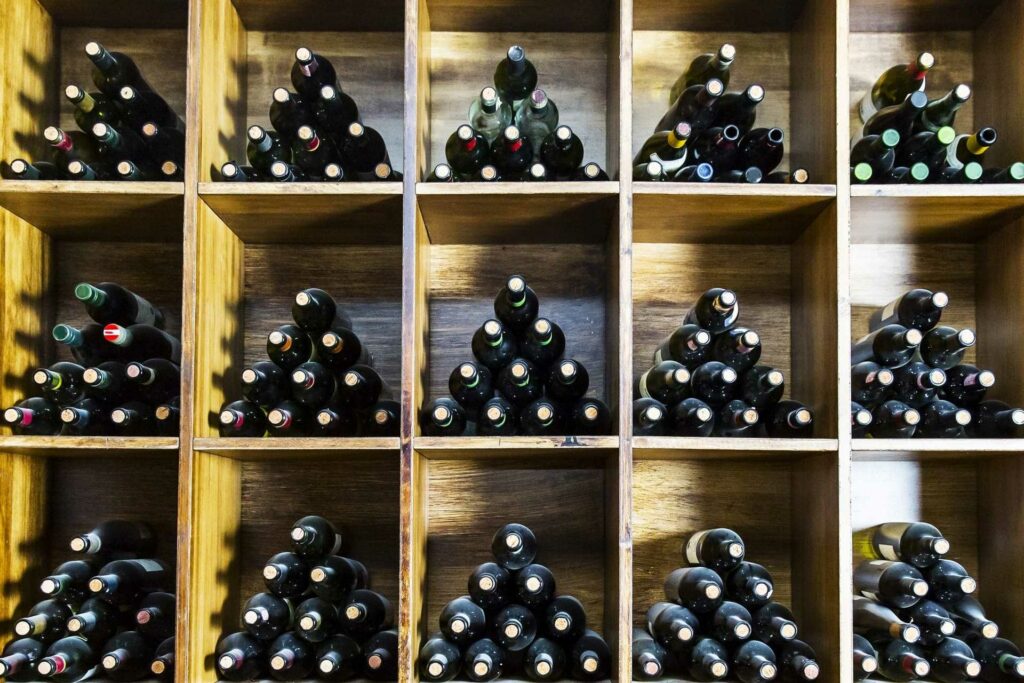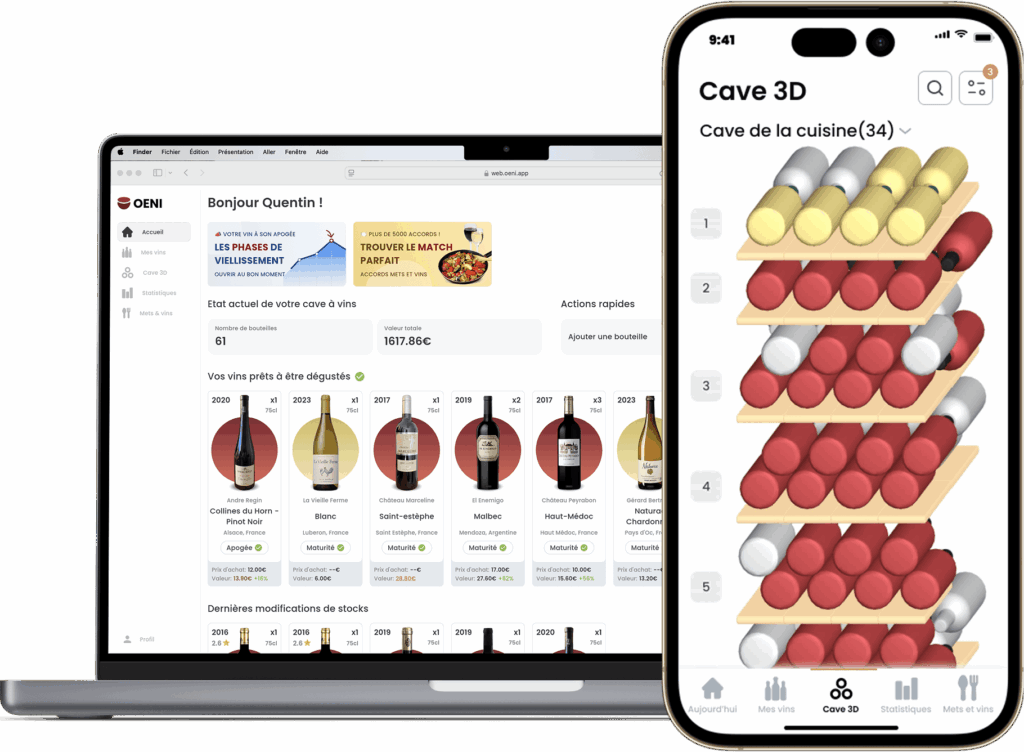Preserving wine without a natural cellar may seem complex. However, there are a number of tricks you can use to preserve the quality of your bottles at home. In an apartment or house without a cellar, all you need to know is how to do it.
If you're interested in wine-related articles, download our app for IOS or Android. It will give you access to our wine lexicon, our articles and our innovative solution, designed for all wine consumers and collectors.
Understanding the challenges of wine conservation
Wine is a living product. It evolves over time, even in the bottle. To store wine properly without a cellar, you need to recreate conditions close to those of a traditional cellar. This requires a little attention, but is accessible to all.
Temperature plays a major role. A wine that's too hot develops quickly. A wine that's too cold slows down aging. Ideally, wine should be kept at around 12°C. More importantly, avoid sudden variations in temperature.
Avoid high-risk areas
You'd think the kitchen would fit. Yet it's subject to too many temperature changes. Between the hotplates, the oven and the windows, the environment remains unstable. The bathroom is too damp. As for the balcony, it offers no protection from the cold or the sun.
It's best to choose a discreet, temperate space. A cupboard away from heat sources works very well. Some people store their wine without a natural cellar in a closed cabinet, away from light. This is a good compromise if space is at a premium.
Choosing the right bottles to preserve

Storing a few bottles at home means choosing the right type of wine. Not all wines keep well. A lively white wine or a young rosé should be drunk quickly. Full-bodied reds can wait longer.
So it's best to avoid storing fragile wines without a suitable cellar. Keep wines that are ready to drink within two or three years. This reduces risk and simplifies management.
Opt for an electric wine cellar
When you want to improve wine conservation in your apartment, an electric wine cellar is the best option. It controls temperature and humidity, and protects against vibrations.
Compact models are ideal for small spaces. Some hold six to twelve bottles. They fit under a worktop or in a corner of the living room.
Organize storage space methodically
Even without a cellar, good organization helps to store wine better. Always note the date of purchase. You can also affix discreet labels indicating the year and type of wine.
Sorted by type (red, white, sparkling) for quick access. Bottles must remain immobile. Avoid moving them often.
Use an application to manage your virtual cellar

Even without a cellar, it's useful to keep track of your bottles. The Oeni application offers just such an intuitive solution. You can save your wines, note their location and receive reminders.
With Oeni, you can plan your tastings, add comments and keep track of your tastes. This type of wine management without a natural cellar becomes child's play.
Rely on discreet storage racks
For those looking for an economical solution, storage racks are still practical. They are available in wood, metal or plastic. They can be easily integrated into a closet or storeroom.
Pay attention to the chosen location. The basic criteria must always be respected: little light, stable temperature, correct ventilation.
Limiting quantity for better control
Without a cellar, it's best to avoid accumulating too many bottles. This simplifies monitoring and reduces storage risks. Keep a well-considered selection. A few reds, two or three whites, a sparkling wine for special occasions.
For larger purchases, consider external storage. Some professionals offer storage solutions in specialized warehouses. This is useful for grands crus or limited editions.
Adopting good habits on a daily basis
Every detail counts to preserve your bottles. Never put them next to a radiator or fridge. The vibrations and waves of certain appliances can damage wine.
Storage in a quiet, unhurried place is ideal. Open bottles should not be left lying around. It's better to consume quickly, or to invest in a conservation cap.
If you enjoyed this article, please feel free to read the following article "The perfect pairings for a wine-based brunch"which may also be of interest to you!





